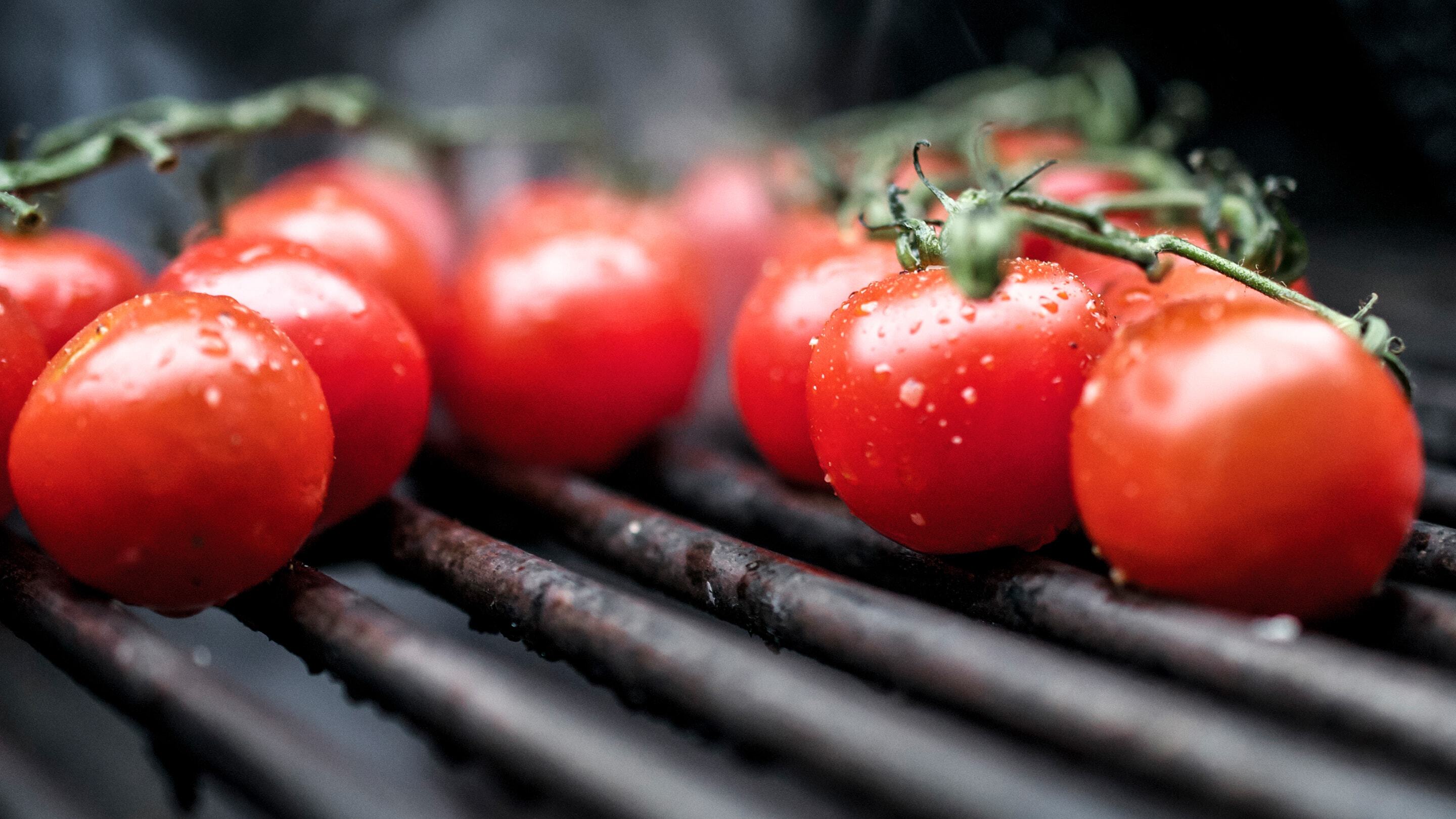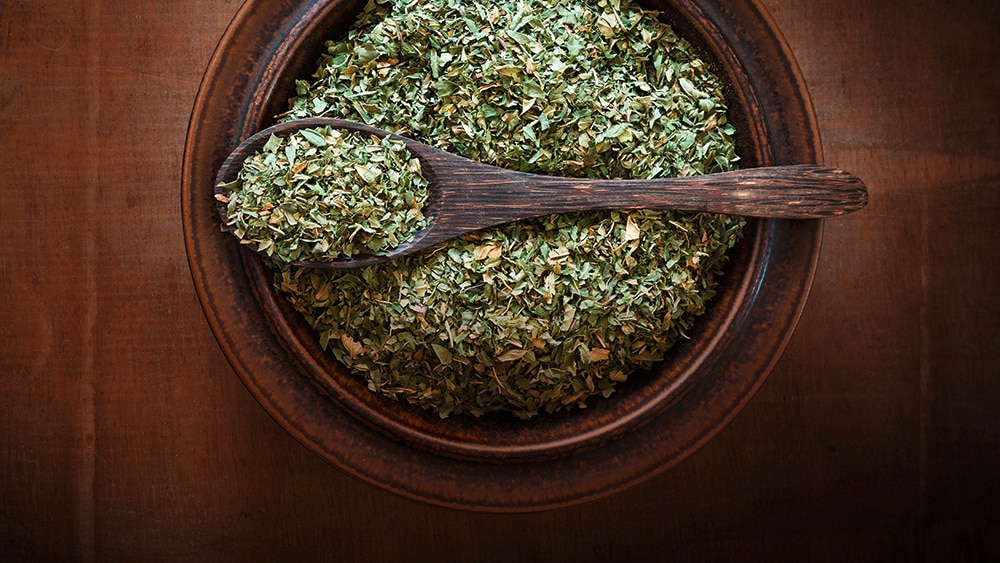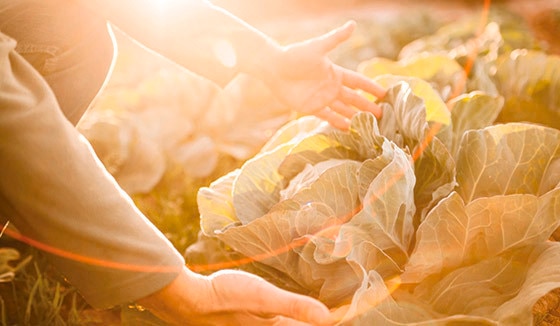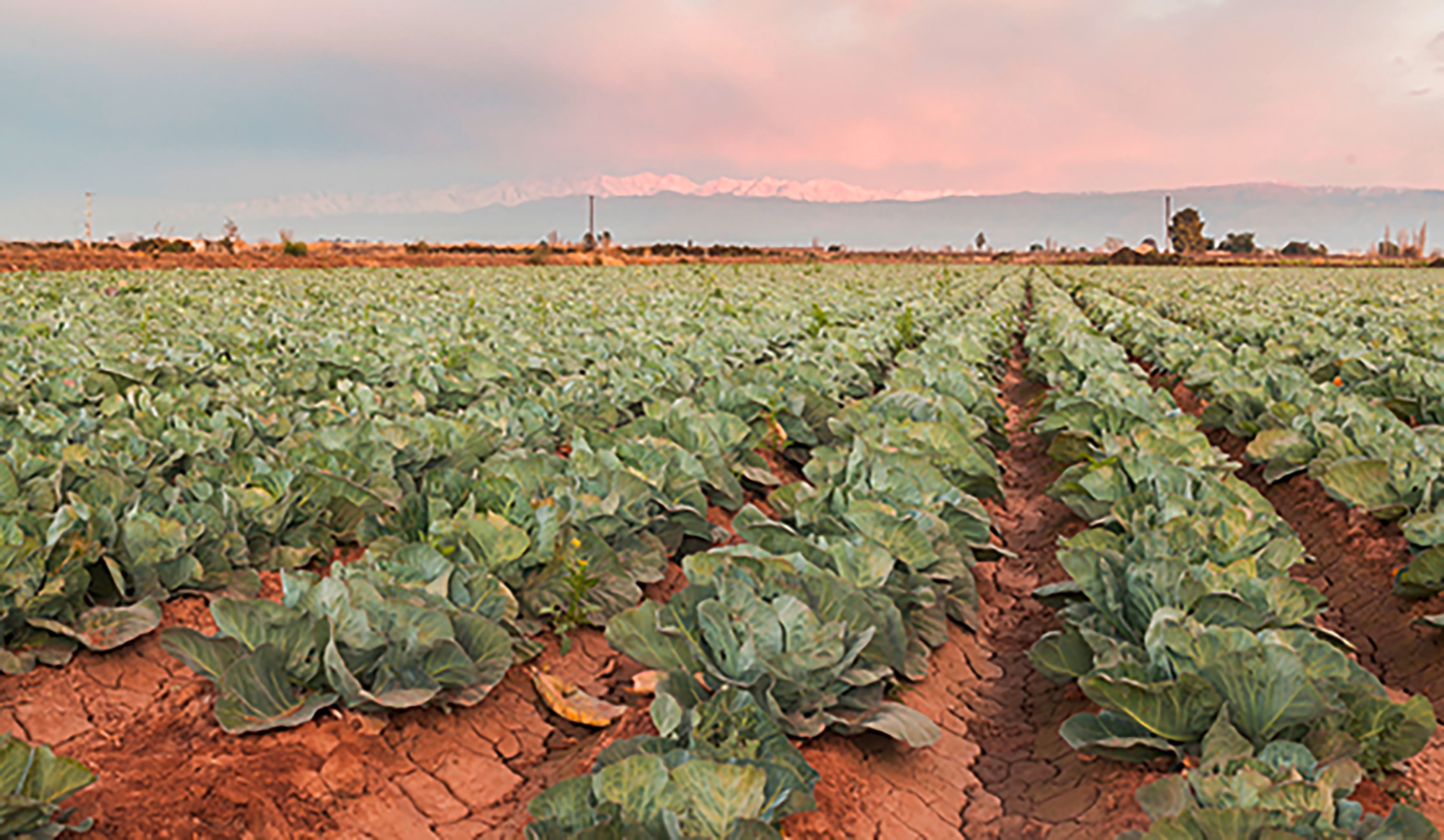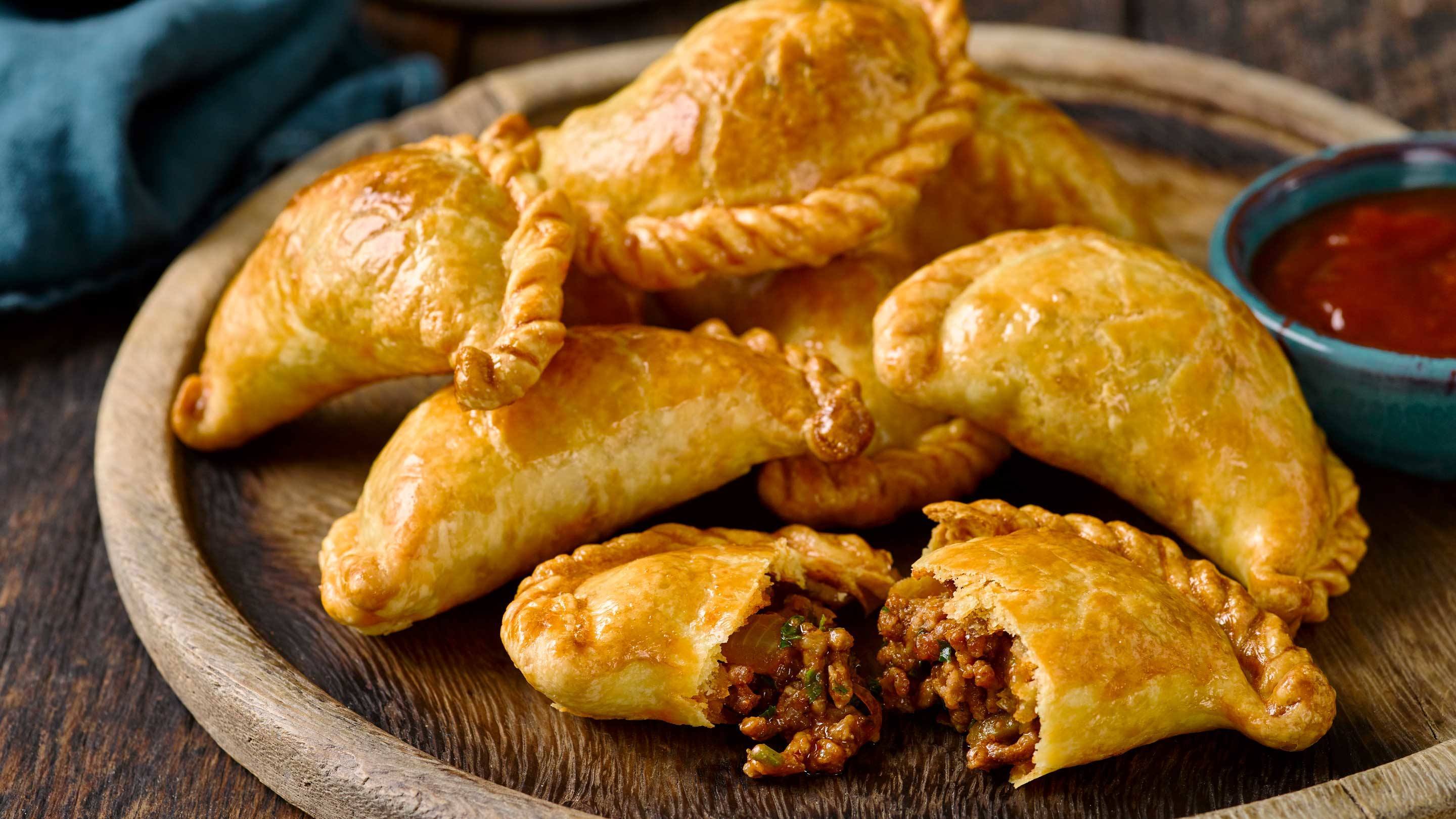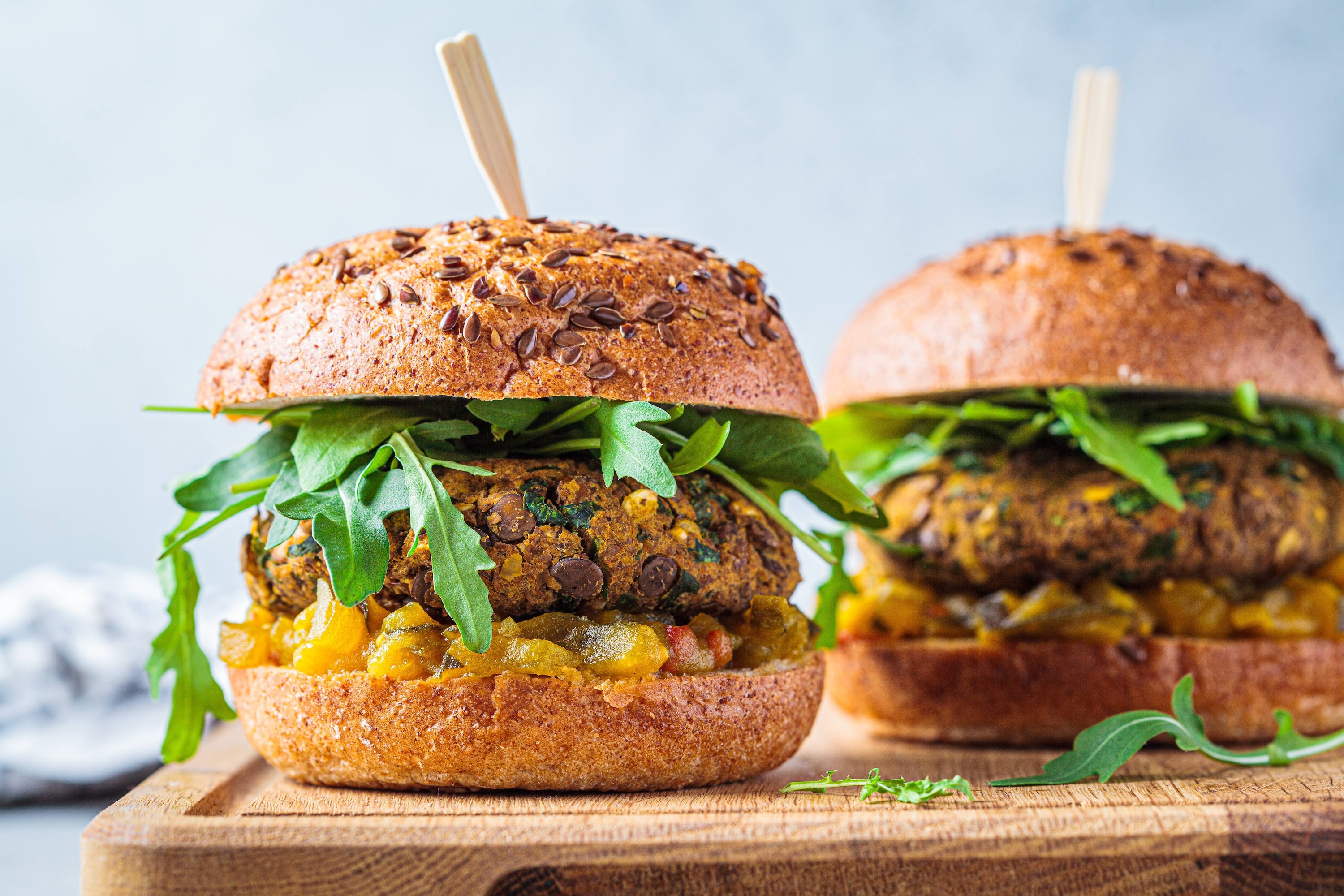Skip to:
OUR PURPOSE
Farming for more flavour and less water
Every year, around 70% of the world’s total surface water is used for farming. Not only is that a huge amount, but unpredictable weather from our changing climate can make supply unreliable, so it’s more important than ever to find new ways to save water. Luckily, our Knorr Landmark Farmers have a few tricks up their sleeves.
Farmers know that how much you water a crop can actually have a big effect on its final taste, so they’re careful not to under or over-water. To get it exactly right, many of farmers now use meters to measure how much water is already in the soil and how much more it needs. One of our oregano farmers in Turkey even managed to double his yields by reducing the amount of water used, so farming with care can have great benefits.
70%
of the world's total surface water is used for farming
Knorr farmers have developed smart ways to get the most out of every drop. Like drip irrigation, which gives plants just the right amount of water they need for healthy, tasty vegetables. This technology was actually first developed in the deserts of Israel where farmers had to be particularly careful about treasuring every last drop.
Knorr Sustainable Agriculture Manager, Andrea Granier, believes watering is crucial to the eventual taste;
“We judge our vegetables first and foremost by their flavour, so we water them to be at their sweetest come harvest time. Our tomatoes aren’t watered for about a week before they’re picked, and are all the sweeter for it. Also, the less water in the harvested crop, the quicker they dry, so it has great benefits all round.”
We judge our vegetables first and foremost by their flavour, so we water them to be at their sweetest come harvest time.
We’re passionate about recycling too, re-using water wherever possible. Our Goed Te Schellebrouck pea farm in Belgium filters wastewater through natural material like soil, straw, coconut chips and compost – and manages to get 99% purification by doing so while the team at our Landmark farm in Badajoz, Spain wash tomatoes in water that gets re-used three times.

